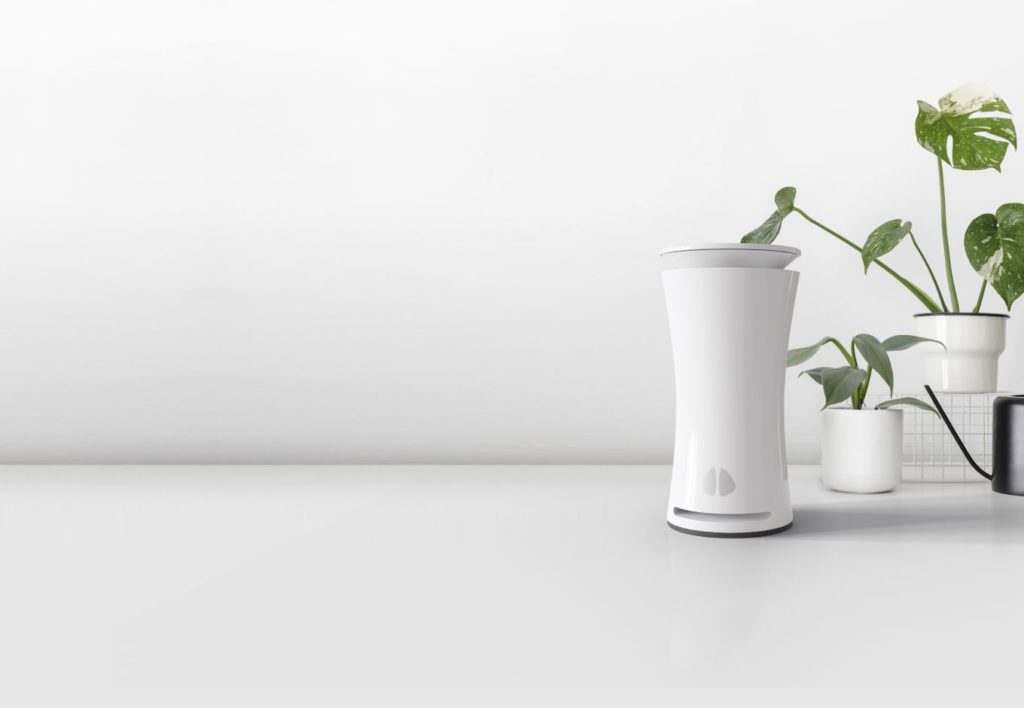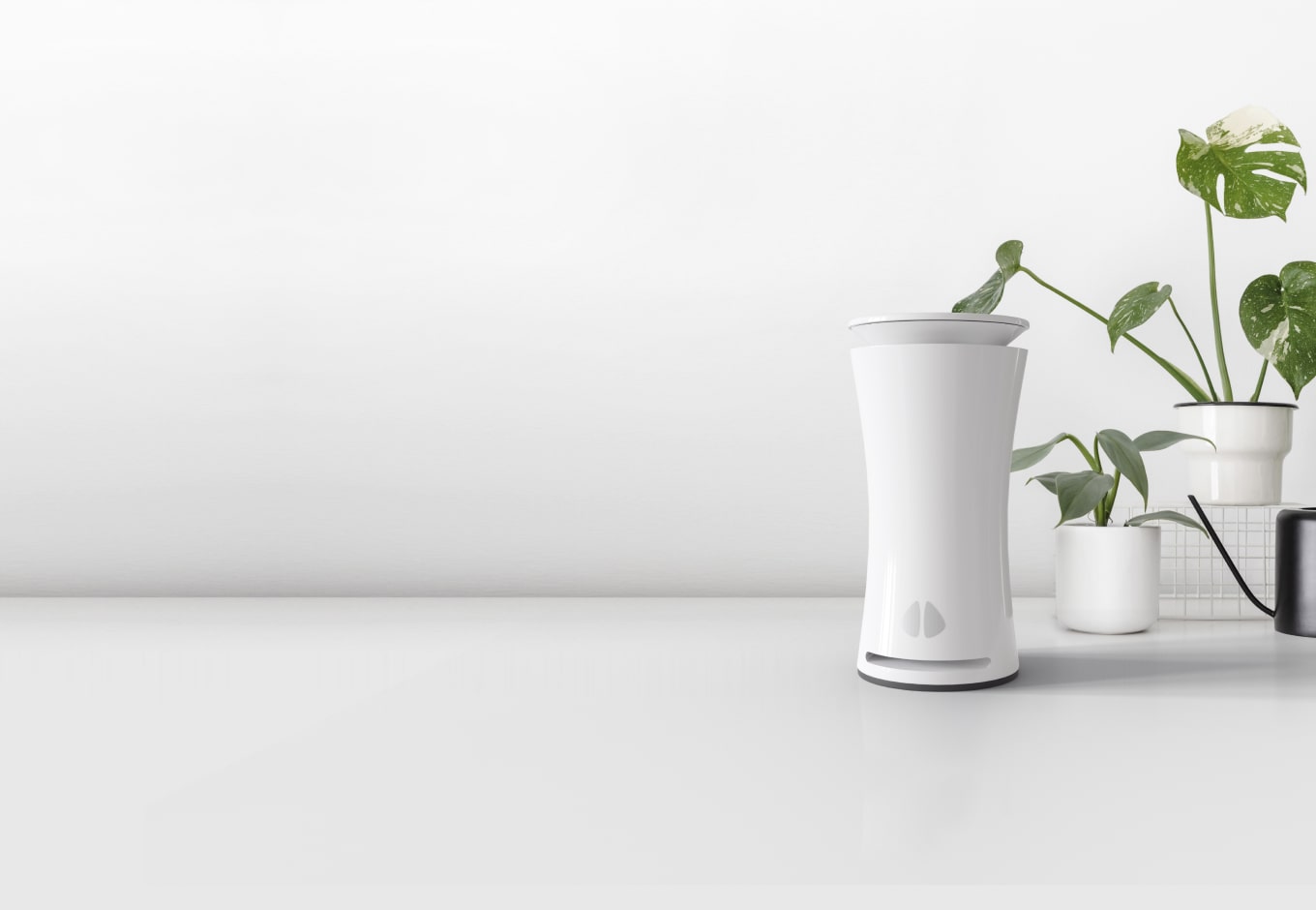
uHoo, a brand of air quality monitors, was evaluated under laboratory conditions in order to accurately and scientifically measure its performance. The results were published in the journal “Measurement: Sensors” under the title “Evaluation of a low-cost multi-channel monitor for indoor air quality through a novel, low-cost, and reproducible platform.”
The study was “the first to validate the efficacy of low-cost sensors, and measurements of indoor air quality (IAQ) of low-cost monitors in real environments” in aid of “providing guidelines for future investigations focused on deep and accurate validation of low-cost IAQ monitors.”
The validation was done on how a low-cost IAQ monitor such as uHoo can accurately detect the presence of common indoor pollutants such as carbon dioxide (CO₂), carbon monoxide (CO), ozone (O₃), nitrogen dioxide (NO₂), total volatile organic compounds (TVOCs), and particulate matter with a diameter of less than 2.5 μm (PM₂.₅).
The laboratory testing that used varying reference equipment placed three uHoo monitors in a 40 L enclosure to validate its sensors’ capability in accurately detecting and precisely measuring these pollutants under changing conditions and concentrations.
Field tests were also conducted, which showed that “uHoo sensors could identify the trend and sudden rises in indoor levels of PM₂.₅, CO₂, and O₃, within a small margin of error. High correlation with reference methods, low-cost efforts, and ease of use make uHoo monitors an appealing alternative to measure indoor levels of pollutants,” the study mentioned.
The study also said that uHoo CO sensors “showed strong correlation with calculated concentration.” The same good correlation was also found for the NO₂ sensor and the ozone test “showed an average difference, calculated as the average difference between the highest and lowest O3 concentration measured at each timestamp of 2.6%, emphasizing the precision between different sensors.”
The TVOC sensor was tested using three different gases: ethylene, methane and propane to verify its response to a multiple gas environment. The study explained that in general, the TVOC sensor in uHoo respond to a large variety of gases. Therefore, the study suggested future improvements to enhance TVOC selectivity and cross-interference.
According to the study, the monitors were seen to have been able to “generate reliable results” when tested in laboratory conditions. Also, a good level of correlation was seen between the uHoo monitor readings and reference methods when recording levels of common indoor pollutants in a residential building.
The study concluded that “the use of more than one unit to record the indoor pollutants in one space might be recommended since more robust results can be generated. It also noted that the “high correlation with reference methods, low cost, and ease of use make uHoo monitors applicable for the detection of common indoor pollutants in residential households.”



